Arnold, Michael L. 2008. Reticulate Evolution and Humans: Origins and Ecology. Oxford University Press.
Ashraf, N.V.K.; Kumar, A.; and Johnsingh, A. J. T. 1993. "Two Endemic Viverrids of the Western Ghats, India." Oryx 27:109-114.
Bell, D.; Roberton, S.; and Hunter, P. R. 2004. "Animal Origins of SARS Coronavirus: Possible Links with the International Trade in Small Carnivores." Philosophical Transactions of the Royal Society of London, Series B, Biological Sciences 359:1107-1114.
Bisby, F.A.; Roskov, Y.R.; Orrell, T.M.; Nicolson, D.; Paglinawan, L.E.; Bailly, N.; Kirk, P.M.; Bourgoin, T.; Baillargeon, G.; and Ouvrard, D. (red.). 2011. "Viverra civettina Blyth, 1862." Species 2000 & ITIS Catalogue of Life: 2011 Annual Checklist. Reading, UK. Retrieved September 30, 2014.
- Available at: http://www.itis.gov/servlet/SingleRpt/SingleRpt?search_topic=TSN&search_value=622002
Boelens, Bo; Watkins, Michael; and Grayson, Michael. 2009. The Eponym Dictionary of Mammals. Johns Hopkins University.
Boudet, Ch. 10 January 2009. "Species Sheet: Malabar Civet, Malabar Large-spotted Civet." Mammals' Planet: Vs n°4, 04/2010. Retrieved September 30, 2014.
- Available at: http://www.planet-mammiferes.org/drupal/en/node/38?indice=Viverra+civettina
Cassell's Universal Portrait Gallery: A Collection of Portraits of Celebrities, English and Foreign. With Facsimile Autographs. 1895. London, Paris & Melbourne: Cassell and Company, Limited.
- Available via Internet Archive at: https://archive.org/details/cassellsuniversa00londiala
Corbet, G.B.; and Hill, J.E. 1992. Mammals of the Indo-Malayan Region: A Systematic Review. Oxford, U.K.: Oxford University Press.
Dorda Dorda, J.; de Ambrosio Blázquez, L.; González Fernández, J.E.; Alonso Domínguez, M.S.; García Sánchez, P.A.; Pérez del Val, J.; Barreiro, J.; Rey, I.; and Fernández, J. 2002. Catálogo de las Colecciones Zoológicas de Asia del Museo Nacional de Ciencias Naturales III. Vertebrados. Manuales Técnicos de Museología Volumen no 13. Madrid, Spain: Museo Nacional de Ciencias Naturales Consejo Superior de Investigaciones Científicas.
Driver, Stephanie (ed.). 2008. Exploring Mammals, Volume 3. Tarrytown, NY: Marshall Cavendish Corporation.
Jennings, A.; Veron, G.; ; and Helgen, K. 2008. "Viverra civettina." In: IUCN 2014. International Union for Conservation of Nature and Natural Resources Red List of Threatened Species. Version 2014.2. Retrieved September 30, 2014.
- Available at: http://www.iucnredlist.org/details/full/23036/0
Duff, Andrew; and Lawson, Ann. 2004. Mammals of the World: A Checklist. Yale University Press.
Evon, Dan. "Was a Rare Malabar Civet Spotted During COVID-19 Lockdown?" Snopes. March 27, 2020.
- Available @ https://www.snopes.com/fact-check/spotted-malabar-civet-coronavirus/
Ewer, R.F. 1998. The Carnivores. Cornell University Press: Cornell Paperbacks.
Gaubert, P.; and Cordeiro-Estrela, P. 2006. “Phylogenetic Systematics and Tempo of Evolution of the Viverrinae (Mammalia, Carnivora, Viverridae) within Feliformians: Implications for Faunal Exchanges between Asia and Africa.” Molecular Phylogenetics and Evolution 41:266-278.
Gervais, Paul. 1855. Histoire naturelle des Mammifères: Carnivores, Proboscidiens, Jumentés, Bisulques, Édentés, Marsupiaux, Monotrèmes, Phoques, Sirénides et Cétacés. Paris: L. Curmer.
Gittleman, John L.; Funk, Stephan M.; Macdonald, David; and Wayne, Robert K. (eds.). 2001. Carnivore Conservation. Cambridge University Press: Conservation Biology 5.
Hayssen, Virginia; Van Tienhoven, Ari; and Van Tienoven, Ans. Asdell’s Patterns of Mammalian Reproduction: A Compendium of Species-Specific Data. Cornell University, 1993.
Hume, Allan O. 1890. The Nests and Eggs of Indian Birds. Volume II, with Four Portraits. Second Edition, ed. by Eugene William Oates. London: R.H. Porter.
- Available via Internet Archive at: https://archive.org/details/nestseggsofindia02humerich
Hunter, Luke; and Barrett, Priscilla. 2011. A Field Guide to the Carnivores of the World. London, Cape Town, Sydney, Auckland: New Holland Publishers (UK) Ltd.
Jennings, A. P.; and Veron, J. 2009. "Family Viverridae (Civets, Genets, and Oyans)." In: Don E. Wilson and Russel Mittermeier (Hrsg.) Handbook of the Mammals of the World Volume 1: Carnivores. Lynx Edicions.
Kondo, H.; Tesar, J.; Cloud, D.; Kagan, L. (eds.). 1972. Civets, Genets, and Linsangs, Volume 2, 3rd Edition. Milan: Fratelli Fabbri Editori.
Larivière, Serge. 2004. "Civets, Genets, and Linsangs (Viverridae)." Pp. 335-339 in Grzimek's Animal Life Encyclopedia, Second Edition. Volume 14: Mammals III, edited by Michael Hutchins, Devra G. Kleiman, Valerius Geist, and Melissa C. McDade. Farmington Hills, MI: Gale Group, Inc., division of Thomson Learning Inc.
“Malabar Civet Pictures and Facts.” The Website of Everything: Animals > Mammals > Carnivora > Viverridae > Viverrinae > Viverra. Retrieved September 30, 2014.
- Available at: http://thewebsiteofeverything.com/animals/mammals/Carnivora/Viverridae/Viverra/Viverra-civettina.html
Myers, P.; Espinosa, R.; Parr, C.S.; Jones, T.; Hammond, G.S.; and Dewey, T.A.. 2014. "Viverra civettina: Malabar Civet." The Animal Diversity Web (online). University of Michigan Museum of Zoology. Retrieved September 30, 2014.
- Available at: http://animaldiversity.ummz.umich.edu/accounts/Viverra_civettina/classification/
Nowak, Ronald M. 1999. Walker's Mammals of the World, Sixth Edition. Volume I. Baltimore: Johns Hopkins University Press.
Pocock, R.I. (Reginald Innes). 1939. The Fauna of British India, Including Ceylon and Burma: Mammalia - Vol. I. London: Taylor and Francis.
- Available via Internet Archive at: https://archive.org/details/PocockMammalia1
Pocock, R. I. (Reginald Innes). 1933. "The Rarer Genera of Oriental Viverridae." Proceedings of the Zoological Society of London 4:969-1035.
Rai, N. D.; and Kumar, A. 1993. "A Pilot Study on the Conservation of the Malabar Civet,Viverra civettina (Blyth, 1862): Project Report." Small Carnivore Conservation 9:3-7.
Rao, S.; Ashraf, N. V. K.; and Nixon, A.M.A. 2007. "Search for the Malabar Civet Viverra civettina in Karnataka and Kerala, India, 2006-2007." Small Carnivore Conservation 37:6-10.
Schreiber, A.; Wirth, R.; Riffel, M.; and Van Rompaey, H. 1989. Weasels, Civets, Mongooses, and Their Relatives. An Action Plan for the Conservation of Mustelids and Viverrids. Gland, Switzerland: IUCN.
"Southwestern Ghats Moist Forests." World Wildlife Fund: Our Earth > Places. Retrieved September 30, 2014.
- Available at: http://wwf.panda.org/about_our_earth/ecoregions/swghats_moist_forests.cfm
Veron, Geraldine. 2010. “Phylogeny of the Viverridae and ‘Viverrid-like’ Feliforms.” Pp. 64-90 in Carnivoran Evolution: New Views on Phylogeny, Form and Function edited by Anjali Goswami and Anthony Friscia. Cambridge University Press: Cambridge Studies in Morphology and Molecules.
“Viverra civettina Blyth, 1862.” The Marine Biological Universal Biological Indexer and Organizer. Retrieved September 30, 2014.
- Available at: http://www.ubio.org/browser/details.php?namebankID=105815
"Viverra civettina (Malabar Civet)." ZipcodeZoo: Species Identifier 11997. Retrieved September 30, 2014.
- Available at: http://zipcodezoo.com/animals/v/viverra_civettina/
"Western Ghats." World Wildlife Fund: What We Do > Critical Regions. Retrieved September 30, 2014.
- Available at: http://www.wwfindia.org/about_wwf/critical_regions/western_ghats/
Wilson, Don E.; and Cole, F. Russell. 2000. Common Names of Mammals of the World. Washington, D.C.: Smithsonian Institution Press.
Wilson, Don E.; and Reeder, DeeAnn M. (editors). 2005. Mammal Species of the World: A Taxonomic and Geographic Reference (3rd ed), Johns Hopkins University Press.
Wrobel, Murray (Editor). 2007. Elsevier's Dictionary of Mammals: Latin English German French Italian. Oxford, U.K.: Elsevier B.V.


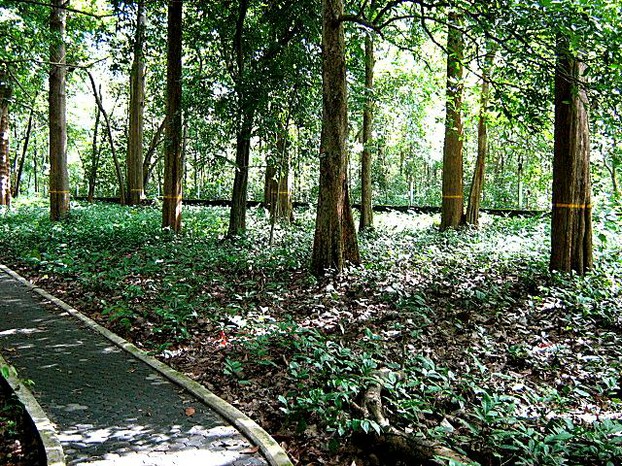
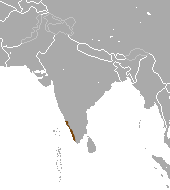
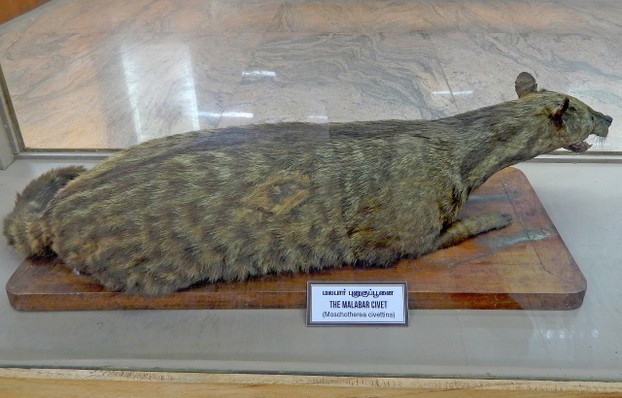
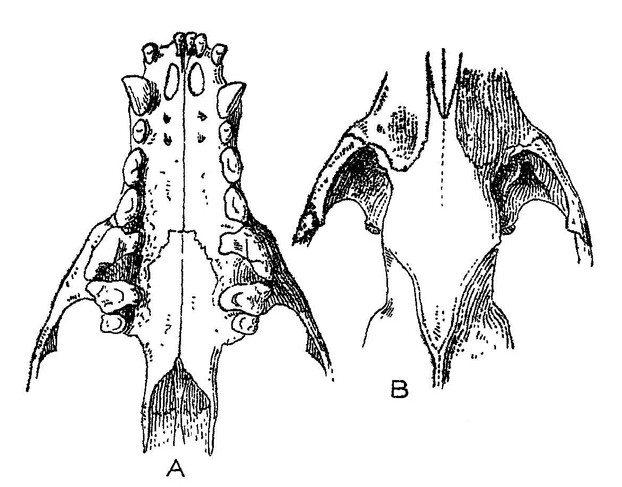
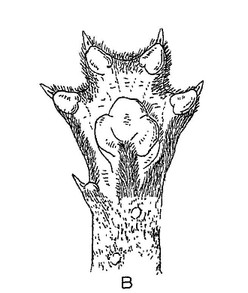
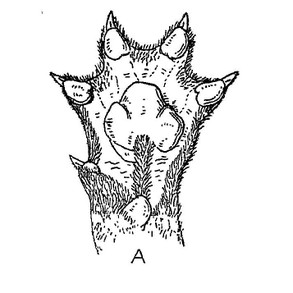
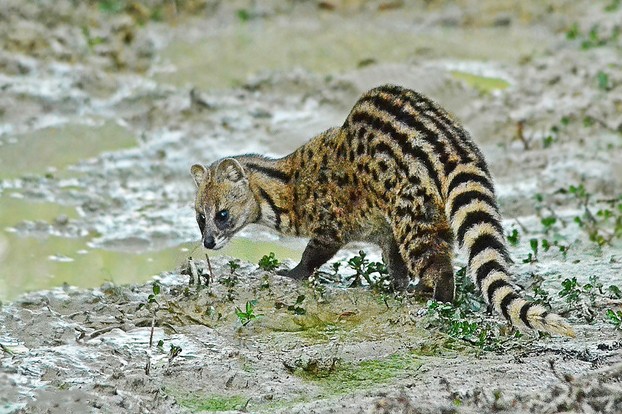

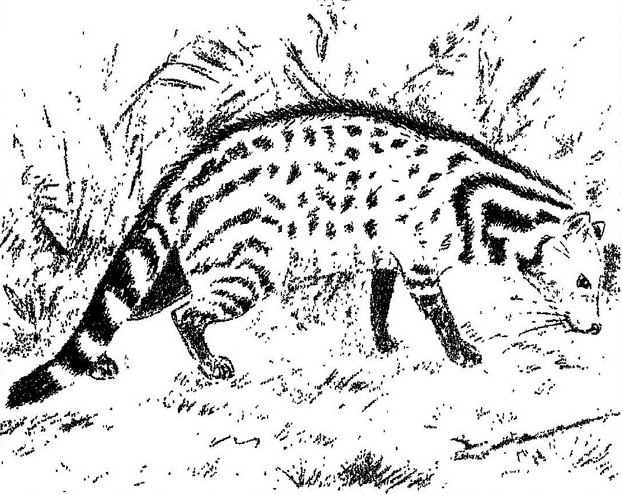
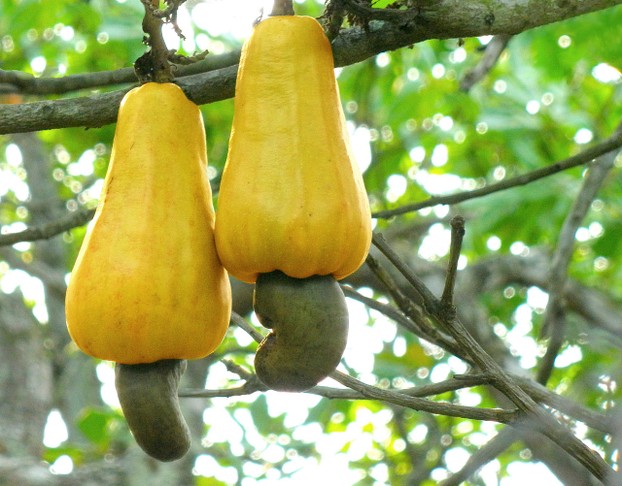
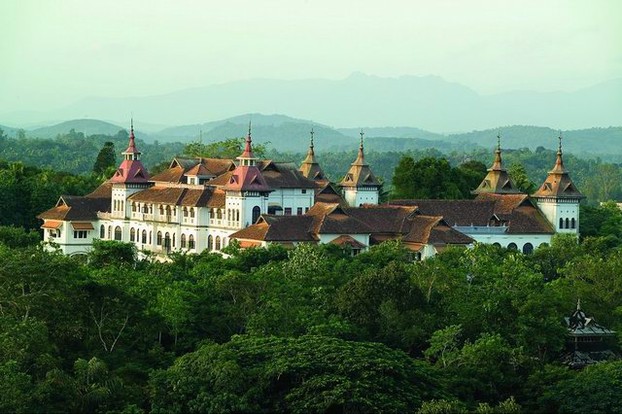
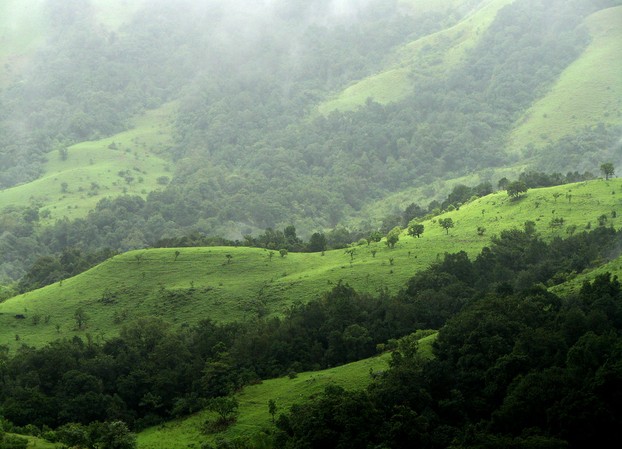




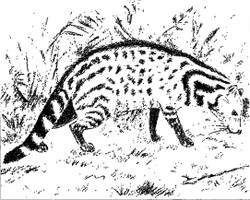

 Are Hawaiian Huakai Po Nightmarchers Avenging Halloween Thursday?on 10/02/2024
Are Hawaiian Huakai Po Nightmarchers Avenging Halloween Thursday?on 10/02/2024
 Mailing Addresses for 2023 Form 4868 Extending 1040 and 1040SR April 15, 2024, Due Dateon 04/15/2024
Mailing Addresses for 2023 Form 4868 Extending 1040 and 1040SR April 15, 2024, Due Dateon 04/15/2024
 Mailing Addresses for 2023 Forms 1040 and 1040SR Filed in 2024on 04/15/2024
Mailing Addresses for 2023 Forms 1040 and 1040SR Filed in 2024on 04/15/2024
 Mailing Addresses for 2022 Form 4868 Extending 1040 and 1040SR April 18, 2023, Due Dateon 04/13/2023
Mailing Addresses for 2022 Form 4868 Extending 1040 and 1040SR April 18, 2023, Due Dateon 04/13/2023

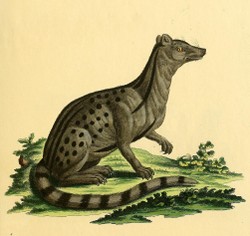
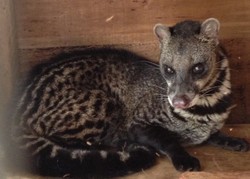
Comments
VioletteRose, You must have many lovely memories of your childhood in Kerala. You are fortunate that your parents had a cashew tree -- it's one of my favorite trees.
That is where I grew up - Kerala. So happy to see the pictures. I have never travelled to Malabar and didn't know about the large spotted civets. I agree with what you have said, actually most of the crops are replaced by rubber tree plantations in recent years. We had a cashew tree in my parents' home and I loved those fruits and nuts. Great information!